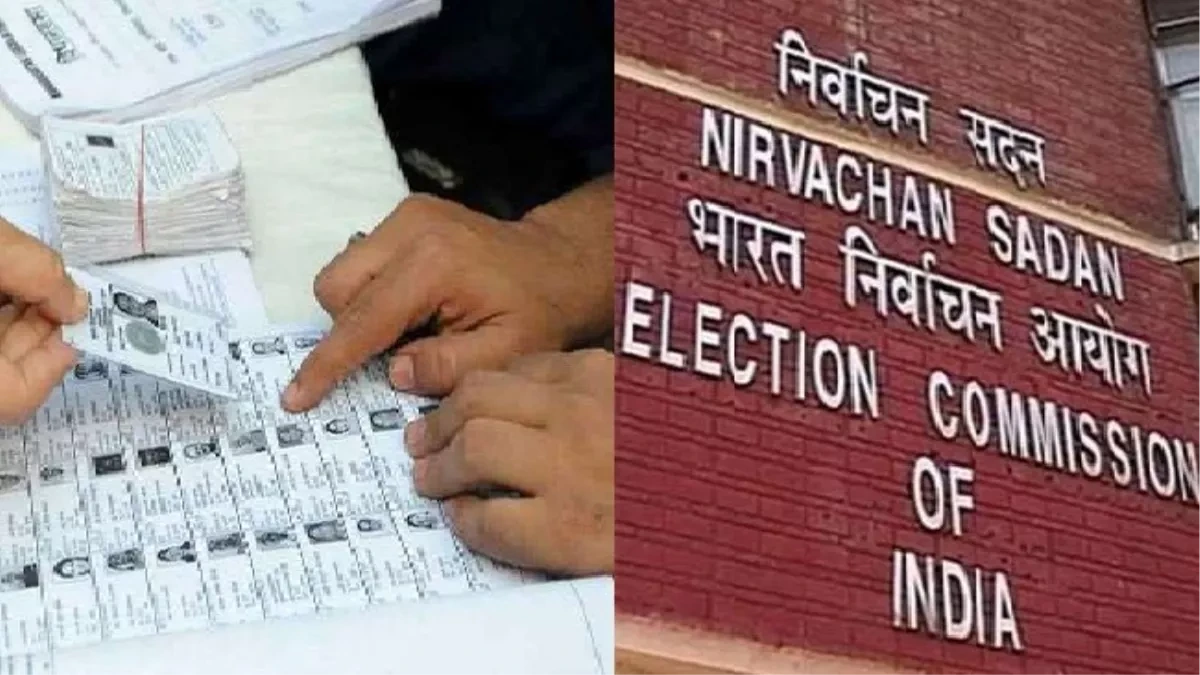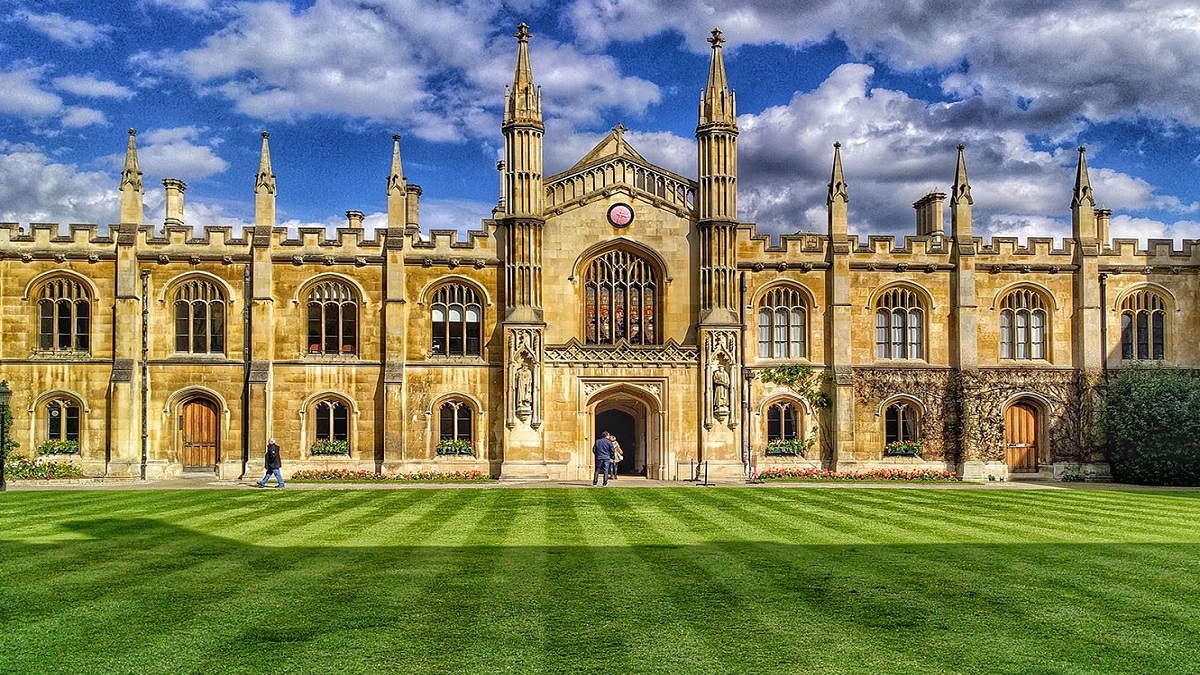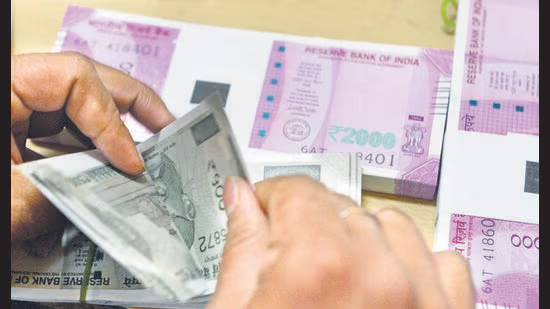- Courses
- GS Full Course 1 Year
- GS Full Course 2 Year
- GS Full Course 3 Year
- GS Full Course Till Selection
- Answer Alpha: Mains 2025 Mentorship
- MEP (Mains Enrichment Programme) Data, Facts
- Essay Target – 150+ Marks
- Online Program
- GS Recorded Course
- Polity
- Geography
- Economy
- Ancient, Medieval and Art & Culture AMAC
- Modern India, Post Independence & World History
- Environment
- Governance
- Science & Technology
- International Relations and Internal Security
- Disaster Management
- Ethics
- NCERT Current Affairs
- Indian Society and Social Issue
- NCERT- Science and Technology
- NCERT - Geography
- NCERT - Ancient History
- NCERT- World History
- NCERT Modern History
- CSAT
- 5 LAYERED ARJUNA Mentorship
- Public Administration Optional
- ABOUT US
- OUR TOPPERS
- TEST SERIES
- FREE STUDY MATERIAL
- VIDEOS
- CONTACT US
Andaman's Onge Tribe: Welcoming a New Life, Preserving a Unique Heritage
Andaman's Onge Tribe: Welcoming a New Life, Preserving a Unique Heritage

The Onge tribe, one of India's distinctive indigenous tribes, recently celebrated the birth of a baby boy. The arrival of this new life has taken the tribe's total population to 136, giving them a ray of hope to continue their unique cultural heritage.
About the Onge Tribe:
- History and Ancestry:
- The Onge tribe is considered one of India's most primitive tribes, with roots in the Negrito racial ancestry.
- Their presence is centered on Little Andaman Island, the southernmost island in the Andaman archipelago.
- Semi-Nomadic Lifestyle:
- Traditionally, the Onge tribe practiced a semi-nomadic lifestyle, relying on the ocean and the forest for sustenance.
- Religious Beliefs:
- Unlike many other religions, the Onge tribe does not follow firm worshipping practices or engage in sacrifices.
- Dental Customs:
- The color of teeth holds a unique significance among the Onge tribe. They view pearly white teeth as a symbol of death and have a tradition of chewing bark to impart a red color to their teeth.
- Body Ornamentation:
- The Onge people decorate their bodies and faces with white and ochre clay. Special occasions call for more elaborate body ornamentation.
- Historical Presence and Current Interactions:
- Until the 1940s, the Onge tribe were the sole permanent inhabitants of Goubalambabey (the Onge name for Little Andaman).
- Today, they share the island with approximately 17,000 settlers from India, Bangladesh, and the Nicobar Islands.
- Population Decline and Conservation Efforts:
- The Onge tribe's population experienced a significant decline following contact with British colonists and Indian settlers, falling from 670 in 1900 to only 96 members by the early 2000s.
- In 1976, the Onge tribe was settled in order to provide them with basic facilities for hygienic living and protection against natural elements.
- They now reside in a reserve in Dugong Creek (Little Andaman), which is a fraction of the size of their original territory.
- Infertility and Challenges:
- The Onge tribe is also known for having one of the world's lowest fertility rates.
- Infertility affects more than 40% of married couples within the tribe, posing a significant challenge to their population growth.
Preserving the Onge tribe's cultural heritage and addressing their unique challenges is essential for safeguarding the diversity and richness of India's indigenous communities. Efforts to support their traditional practices, while also providing access to healthcare and education, are crucial steps towards ensuring the well-being and longevity of the Onge tribe.
Which tribes live in Andaman and Nicobar islands?
The Indigenous tribes of the Andaman and Nicobar Islands can be classified into two distinct racial groups.
- The Negrito group consists of the Andamanese, Jarawas, Onges, and Sentinelese, who reside in the Andaman group of islands.
- In contrast, the Mongoloid group includes the Nicobarese and Shompens, who inhabit the Nicobar Islands.
- Among these tribes, the Nicobarese are the only ones not classified as Particularly Vulnerable Tribal Groups (PVTGs), while the remaining five tribes hold this designation.
About Particularly Vulnerable Tribal Groups (PVTGs):
Particularly Vulnerable Tribal Groups (PVTGs) are a sub-classification of Scheduled Tribes that are considered more vulnerable and require special attention for their development. They were previously known as Primitive Tribal Groups.
Characteristics of PVTGs:
- Homogeneity: They are mostly homogenous, with a small population.
- Isolation: They are relatively physically isolated.
- Social Structure: Their social institutions are simple and traditional.
- Language: They often lack a written language.
- Vulnerability: They are more vulnerable to exploitation, displacement, and loss of cultural identity.
Government Initiatives:
- The Indian government has identified 75 PVTGs across 18 states and 1 union territory and has initiated various schemes and programs to address their specific needs and challenges.
- These initiatives focus on education, healthcare, livelihood development, land rights, and cultural preservation.
- The Ministry of Tribal Affairs administers a scheme specifically for PVTGs called the "Development of Particularly Vulnerable Tribal Groups (PVTGs)."
- This scheme aims to plan their socio-economic development comprehensively while retaining their unique culture and heritage.
Examples of PVTGs:
- Some examples of PVTGs include the Great Andamanese, Jarawas, Onges, and Shom Pens of the Andaman and Nicobar Islands, the Chenchus of Andhra Pradesh, and the Baigas of Chhattisgarh.
- Overall, the PVTG classification is a recognition of the unique vulnerabilities faced by certain tribal groups in India and the need for targeted interventions to ensure their well-being and development.
Must Check: Best IAS Coaching In Delhi



